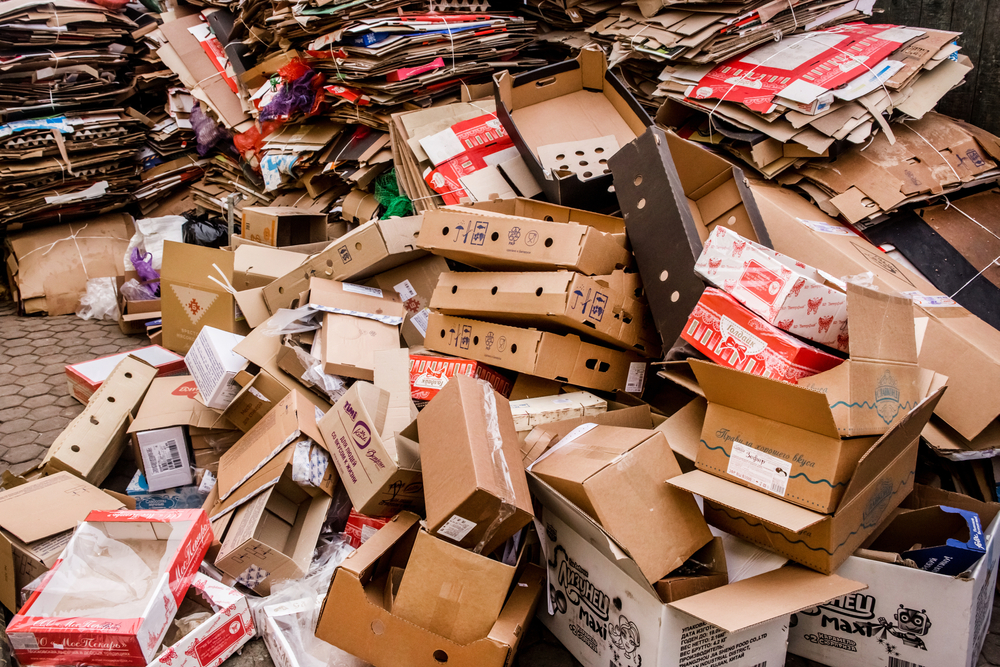
Jessica Royer Ocken | September/October 2012 Issue
The Homeless World Cup began, as so many good ideas do, over a beer. In 2001, Mel Young was in Cape Town at the annual conference for the International Network of Street Papers, an organization he founded. Young and his Austrian colleague Harald Schmied, beers in hand, were discussing the conference’s rejuvenating, supportive atmosphere, lamenting the fact that no homeless people were there. How could they create this sort of experience for them?
For more than a decade, the Homeless World Cup (HWC) has been providing an answer. “We both knew the power [soccer] had for pulling people together,” recalls Young, who has worked with the homeless in Scotland since 1993. “We imagined we might have an impact, put on a nice event, but we’ve got thousands involved now around the world.”
The first Homeless World Cup was held in 2002 in Graz, Austria, with teams from 18 countries. Since then, the premise hasn’t changed: Use soccer to foster family and personal growth. “When you’re homeless, you’re absolutely on your own, just focused on getting to tomorrow,” Young says. “You’re selfish. That’s how you survive.”
To get teams together, representatives from HWC’s partner organizations simply ask men and women living on the streets if they would like to play soccer. Some keep coming back for more games, building relationships with the HWC volunteers. As players become more involved and learn about the chance to represent their country in an -international tournament, “They will start addressing some of their problems,” Young says, such as, “‘I can’t really play because I drink too much.’ They start building up with their teammates.”
In choosing players for the national teams, HWC partners place dedication and personal progress over sports talent. -Everything is free for players at the event, and the HWC organization helps about 30 percent of participating countries with funding for -transportation to the tournament. These teams are “fantastic ambassadors for their countries,” says Young. “They sing the national anthem louder than the pro teams, and they play the whole game in the spirit in which sport should be played.”
Each player can attend the Homeless World Cup only once. A few have been -signed by professional clubs, but the vast majority return home and use the HWC partners’ continued support to find a job and a place to live. About 70 percent of HWC participants make a significant lifestyle change, and that, for Young, is the biggest victory: “If we all do a little something, that’s how you change the world. We’re just getting a soccer ball and asking a homeless person to play. You have no idea where the ball will roll.”
The 10th annual Homeless World Cup—and Women’s Homeless World Cup—is being held in Mexico City from October 6 to 14. A record 72 teams will feature more than 500 homeless players from 68 countries. Find out more: homelessworldcup.org
Getting the Ball Rolling for the Homeless
More of Today's Solutions
A personalized mRNA Vaccine provides ‘real hope’ for melanoma pat...
In a major development in cancer research, scientists started testing the world's first tailored mRNA cancer vaccine for melanoma. This revolutionary strategy has enormous ...
Read MorePro parenting tips to spark your children’s life-long love for the grea...
In today's digital world, the pull of screens can be difficult to overcome, particularly for kids. However, the dangers of spending too much time ...
Read MoreFor Greenlanders, eating sugar is significantly healthier
Sugar is vital for humans to survive as fuels us with energy, that’s why mother nature made the sweet treat so delicious! Although, for ...
Read MorePatagonia’s billionaire founder gives company away to save the planet
Eco-conscious outdoor apparel brand Patagonia has a history of setting the bar high when it comes to environmentally-friendly practices and mindset. Now, the company’s ...
Read More










